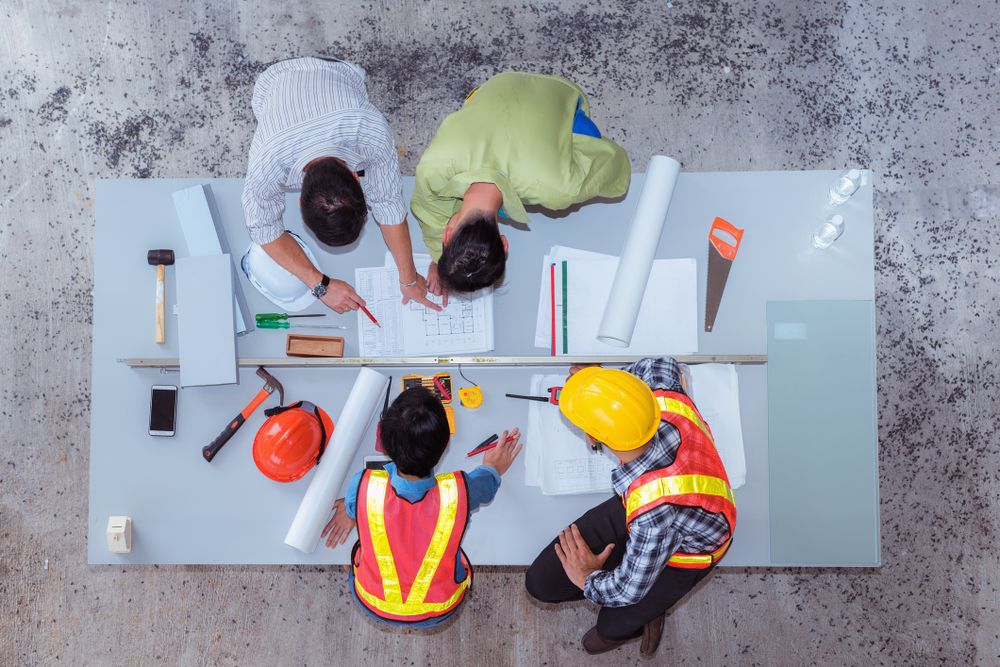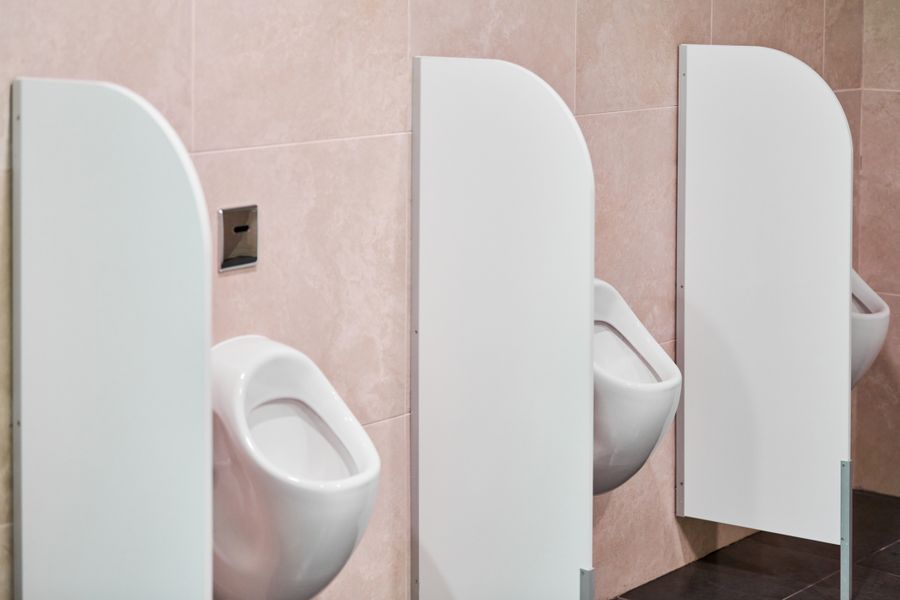Building Industry

There are benefits to saving water in all construction projects.
- Whether your project is a house, a small building, a roadway or a land development, your decisions can have a big impact on how water is used now and for years to come. Water is worth conserving, not only because it is essential for our health and wellbeing and that of our environment, but also because as individuals and businesses, we must pay for the water we use.
- The construction and development industry is in a unique position to influence future water use in Australia. By implementing water conservation measures, the sector can ensure that all investment delivers significant ongoing dollar savings for water users now and into the future.
Benefits
By minimising water usage in all aspects of your project, you can gain a marketing advantage over your competitors by:
- Delivering ongoing savings to building owners
- Reducing the need for water, wastewater and stormwater infrastructure, which reduces the overall construction cost for the client
- Ensuring that clients are prepared for future water restrictions, and will be able to avoid the need for costly retrofitting in years to come
- Demonstrating your commitment to responsible project management, which may accelerate the land-use approval process
- Addressing the needs of clients with an interest in protecting water resources, such as water authorities and government agencies
- Marketing your business to clients who value environmental and social performance.
- Ensuring that there is more water available for local streams, wetlands, and their natural inhabitants
- Meeting regulatory requirements and incentives for water conservation
- Reducing impact on local water supplies and systems.

Designing roads and carparks to collect and conserve water!
- Use natural drainage swales instead of costly concrete drainage pipes in greenfield sites.
- Harvest rainwater from car parks by avoiding the use of kerbing and directing runoff into recharge zones. Recharge zones may be grassed or planted swales, permanent ponding basins or graded rock terracing.
- Design ground surfaces and paved areas to slope away from buildings and structures, this will enable water to run onto surrounding garden areas and recharge zones.
Make sure you include water conservation at every stage of your construction project, from design, to planning and construction itself!
- In the design phase, prepare a water efficient action plan for your project that involves your team and includes actions during construction, appliances and plumbing to be installed, reuse potential, landscaping and rainwater utilisation. This should establish water conservation as a key objective of the project and ensure that everyone involved in the project is aware of their responsibilities.
- During construction, reduce evaporation by retaining as much vegetation as possible during construction and minimise disturbance of waterways, flood plains, vegetation and soil.
- After construction, minimise the distance between hot water cylinders and taps (this is more water efficient and decreases the cost of unnecessary piping and energy costs). Collect rainwater for storage and re-use in tanks, ponds, dams, swimming pools or underground tanks as well as installing water efficient irrigation systems. Be sure to use natural drainage swales instead of costly concrete drainage pipes in greenfield sites.

